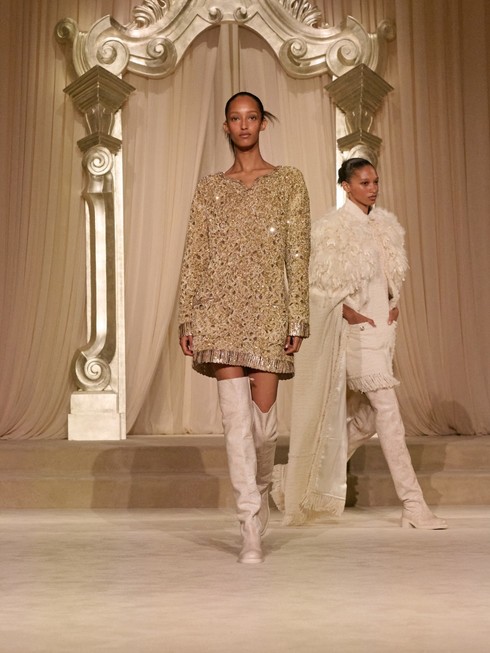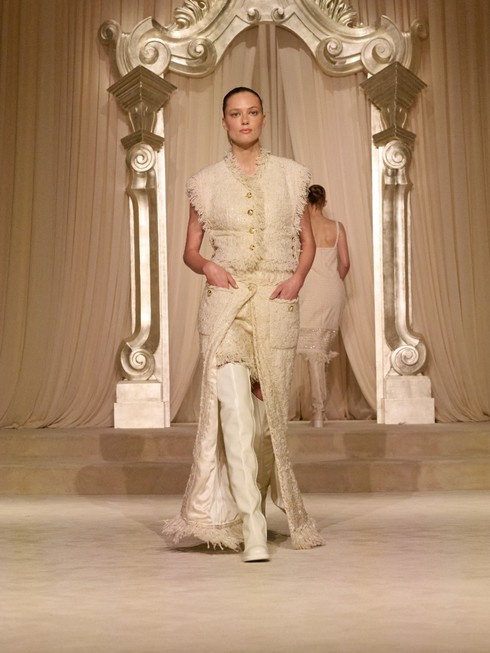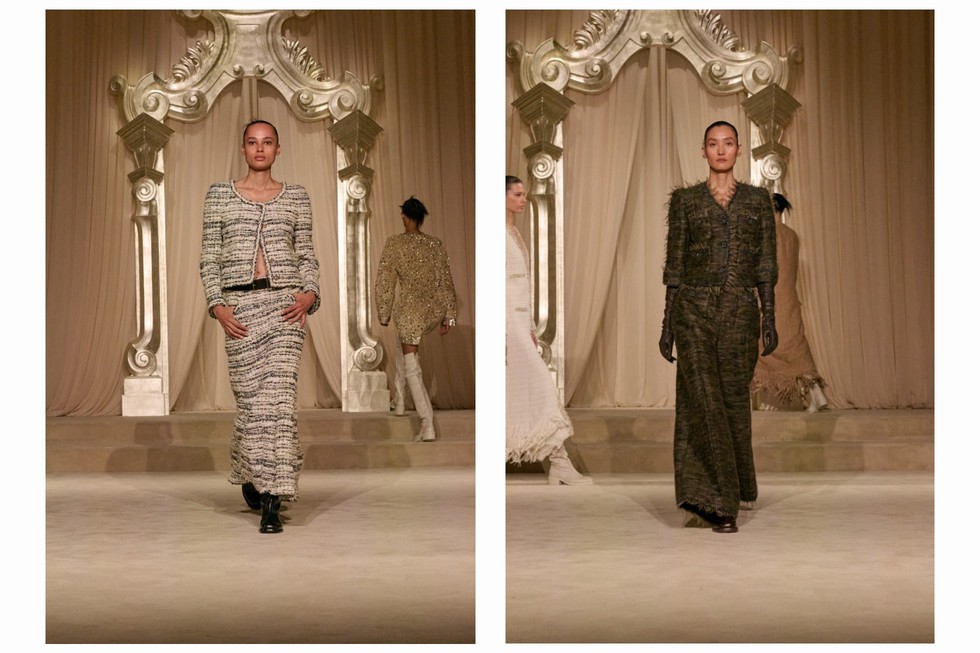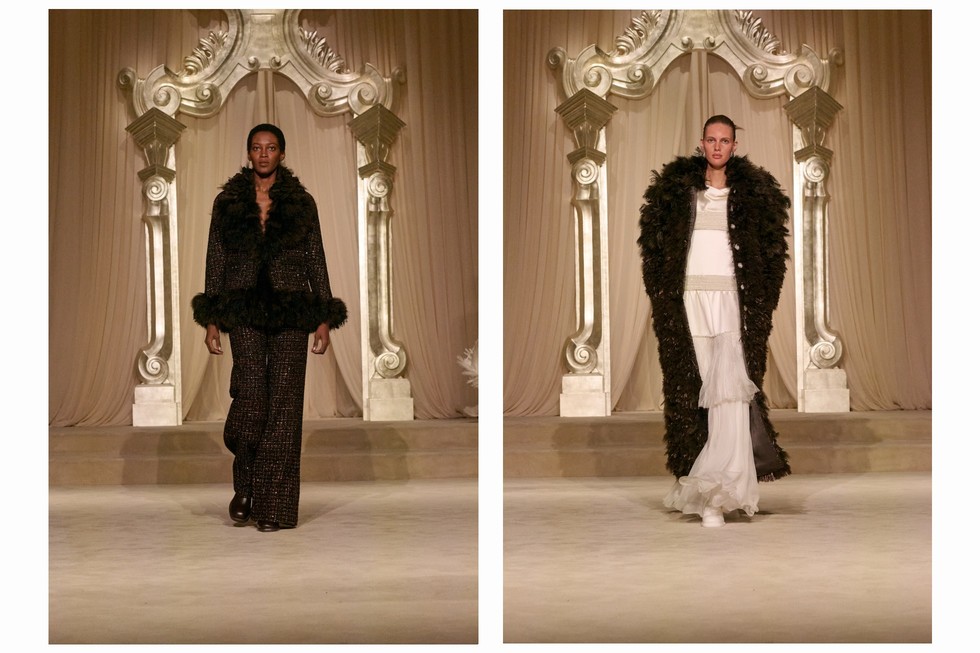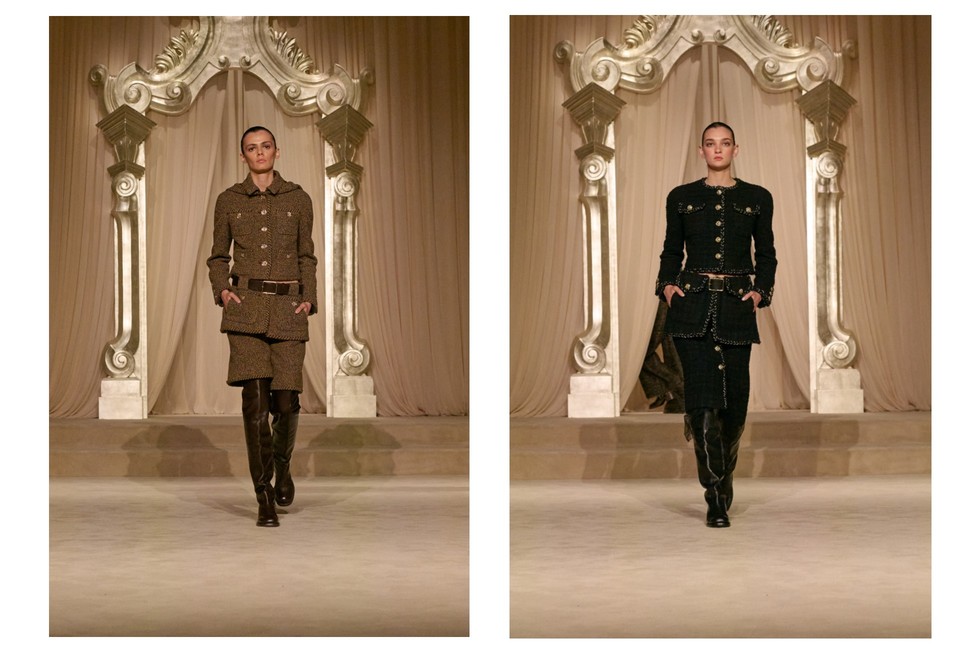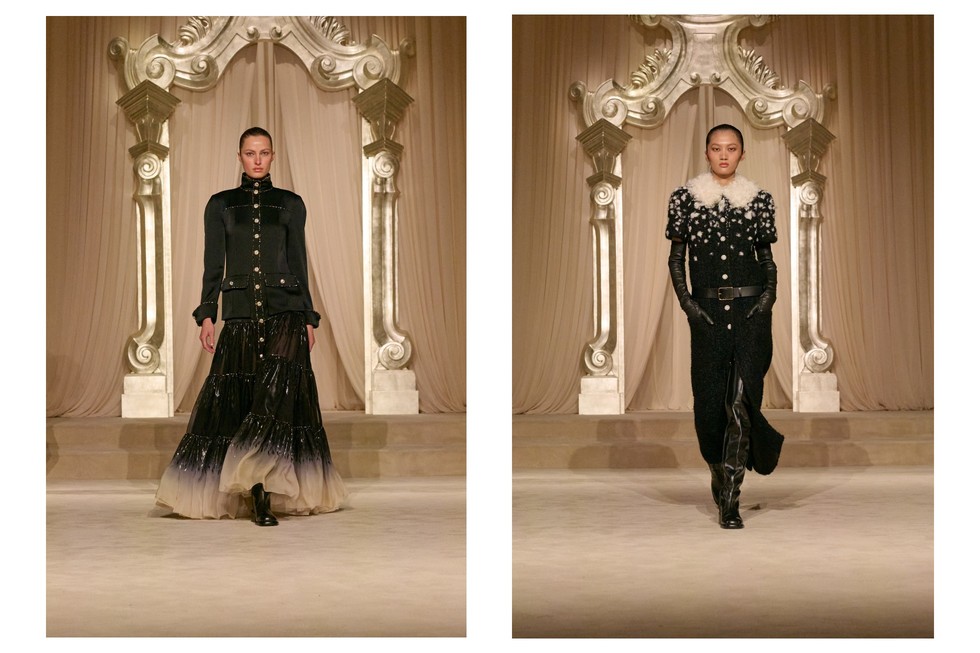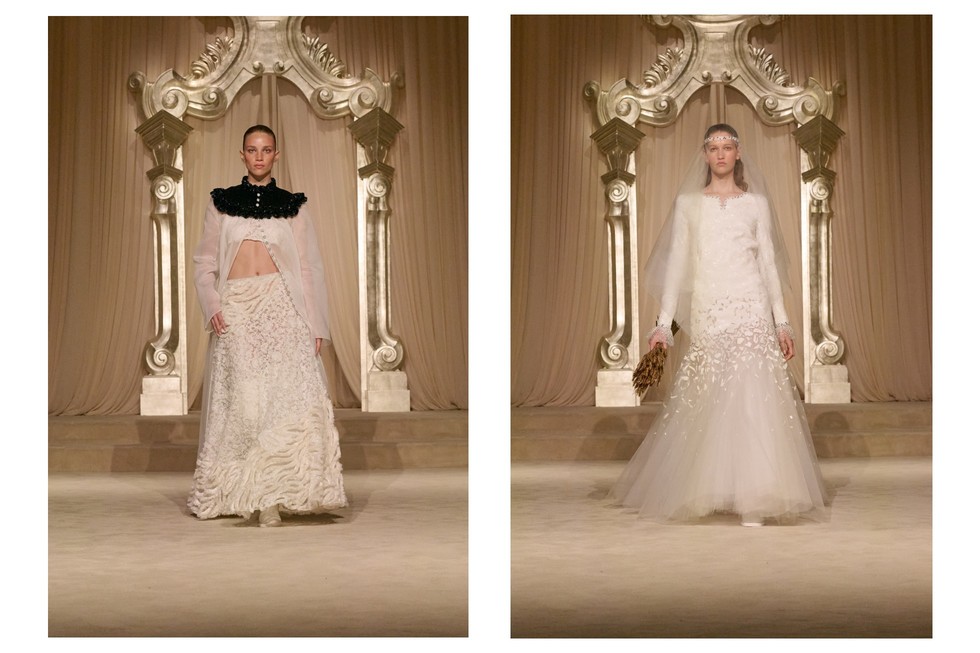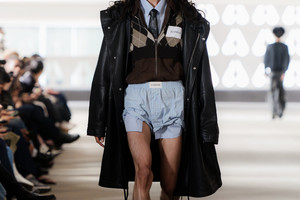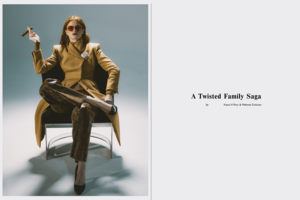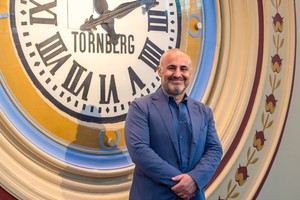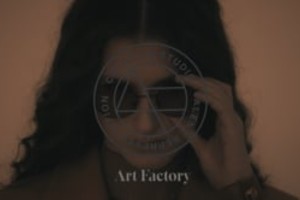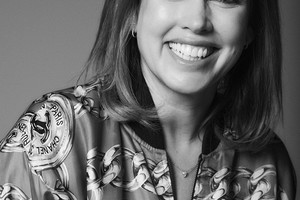With a voice both poetic and political, Swedish writer Hanna Nordenhök crafts novels that explore power, language, and the dark undercurrents of human systems. In this conversation, she reflects on translation as a form of haunting, the aesthetic of surfaces, and why fiction may be the last refuge for truth in a post-post-truth world.
Ulrika Lindqvist: Caesaria was originally published in Swedish in 2020 and only last year released in English translation. How did it feel to see your work reach a new audience, four years later and in a different language?
Hanna Nordenhök: The mesmerizing experience of travelling with one’s words – that of which being translated consists – is a rare gift not given to all authors, and I am deeply grateful for the translations of Caesaria that’s been made so far: the English and the Spanish one’s as well as the upcoming Portuguese and French. That a novel like Caesaria, with its peculiar universe and very Nordic setting and rural landscape, would reach Mexican, Chilean, Canadian, British, Brazilian and French readers was a surprise. And another thing about being translated is of course that it gives you the sometimes wonderful, sometimes horrific, opportunity or obligation to revisit your earlier writing. With her translations Caesaria keeps travelling with me even though I created her more than six years ago, which means I cannot avoid her: I need to face the reasons why I wrote her and felt the necessity of creating her world exactly like that, and not in another shape or expression.
UL: Were you involved in selecting Saskia Vogel as the translator for Caesaria? If so, what drew you to her as a collaborator, and how would you describe your relationship to the translation process?
HN: Actually it was the other way around: it was Saskia Vogel that found her way to Caesaria. Which means it was partly thanks to her that the book was published in the UK and Canada. And to have Saskia as a partner in crime and literary creation is pure joy, a wonderful human being and a brilliant translator – I consider myself very lucky. The fact that Saskia, much like myself, also possess the interesting, ambivalent and deeply enriching artistic position of being both author and translator, is another dimension to it that I really cherish being in dialogue with. With her I have an ongoing meandering conversation on writing and translating, but also on Birgitta Trotzig, kids, life, the experience and memory of girlhood as a never-ceasing source of knowledge about this dark and surreal world… As I said: pure joy.
UL: What initially sparked the idea for Caesaria? Were there particular events, images, or questions that guided you during the writing process?
HN: The spark for Caesaria was a foot-note I found in a dissertation in history of ideas, that I was reading as part of my research for another novel, Asparna from 2017, where I explored 19thCentury reformatory detention centers and institutional violence against “savage children”, that is, criminal or anti-social low-class children that were subjected to the disciplinary system of that very emblematic epoch. This dissertation, though, dug into the history of Swedish gynecology, obstetrics and medical science on woman diseases, also during late 19th Century. And in that little foot-note I found the story of a girl born in 1862 through the first Caesarian section made in the city hospital of Uppsala by one of the pioneers in the field, a well-known doctor that operated on a poor, single woman who died after a couple of days: the orphaned girl was then named Caesaria by this very doctor, after the cut that brought her to life. I found this story so compelling and macabre, full of interesting aspects of power and powerlessness that had to do with class society as well as the male scientific gaze at the time that has shaped notions and fantasies on woman and women bodies prevailing up until our days. Around the real case Caesaria my own fictitious Ceasaria started to take shape in my head, she awoke so many thoughts on girlhood in patriarchy that I needed to explore. The fact that my work with the novel also took place while the first waves of the #metoomovement started to burst out was, of course, another contributingfactor, that in writing it formed a necessary bridge between history and present.
UL: In your latest novel, Underlandet (Wonderland), you shift from the historical settings of your earlier works to a contemporary environment. How did that change affect your writing? Did you experience the creative process differently?
HN: I find that I, in all of my novels to some extent, have been exploring zeitgeists, that is, certain epochs fashion of thoughts, political agendas, ideology productions and dominant ideas on what it means to be human or not – and how life takes shape inside different systems of selection and de-humanization. Who is cared for and who is abandoned or exploited in such systems?, has been a recurring question for me in my writing. In that sense, I feel there is little or none difference between my historical fiction and Wonderland, a novel that also, to me, very much consists in an exploration on the spirit of our times – or maybe more correctly the spirit of post-truth society that has led up to the moment we’re living right now: a post-post-truth world where all masks have fallen and what we see is pure violence, the shameless and non-disguised rise of fascism all over the planet. Which will be interesting to dwell upon when the Polish and Spanish translations of Wonderland will be published this fall. But maybe I’d rather describe the shift between historical fiction and contemporary fiction in my writing as a shift, or even connection, between past and apocalypse. For me it has been the same desire or compulsion to understand our existence that’s led me intohistorical settings and more contemporary ones. The bridge, I would say, is this sense of apocalypse – both as a revelation of a disastrous future or of those hidden undercurrents that rule our strange human world, and as a sense of destruction, our destruction, of that same world, this human world as we know it. Maybe that is why I am also currently more and more drawn to science-fiction and post-apocalyptic writings.
UL: Do any of your characters draw inspiration from real people, or are they entirely imagined? How do you approach the balance between reality and fiction in your character development?
HN: A novel often begins in my head with some kind of obsession with something that I have read or seen, and there are many real cases, historical or more contemporary ones, that’s been the spark of inspiration for my characters. As I said before, the fictitious Caesaria was born from a foot-note telling the story of a real Caesaria, that later became a completely different Caesaria in my novel. That is the case in the historical fiction that I have written before Caesaria, too, where different archival materials have been crucial. Also in Wonderland there are several real cases that I lived obsessed with for years before writing
the novel. Such as the case of Claas Relotious, the famous and award-winning Der Spiegel journalist that was revealed as being a fraud some years ago, and his assistant Juan Moreno, that uncovered the bluff – in my novel there are two journalists in Barcelona loosely based on these real characters. Another real case that simply bewitched me was Treva Throneberry, a woman and con artist in the US that before being revealed and convicted duped several foster families, schools and institutions, pretending to be a minor – she inspired the fictitious character of the homeless woman in Wonderland. What I do feel isthat the documentary materials in my two latest novels, Caesaria and Wonderland, have begun to lose relevance in relation to the final result. In my earlier work I felt more
“strapped by reality”, so to speak. What I am interested in now is pure fiction and the necessary freedom it can give, to tell the truth, also as a reader I am immensely tired of autofiction, documentary fiction, true crime and all of those reality-parasitic literary format that’ve been such dominants during the last decade. In a time of post-post-truth, perhaps the only real search for truth is the one provided by fiction…
UL:Which authors or literary works have most influenced your writing? Are there particular books you return to while writing?
HN: There are so many, too many… But, of course, there are authors that are indisputable and works I think have been very decisive for my writing, such as Agota Kristof, Birgitta Trotzig,Marguerite Duras, Per Olov Enquist, amongst others. As a strike of luck, I’ve had the opportunity to revisit Trotzig’s work since Saskia Vogel is translating two of her books right now, of which “Queen” soon will be published in the US and the UK (look out for it! It is an
extraordinary book, brilliantly translated). But especially the next one, Trotzig’s “The Marsh King’s Daughter”, is a novel that had a huge impact on me when I, quite young, read it for the first time. It takes place in Skåne, my home region, and Trotzig’s ways of depicting that dark and – yes! – apocalyptic flatland enters me right to the bone.
UL: Clothing often plays a significant role in how your characters are portrayed. What is it about clothes that makes them such a compelling narrative device for you?
HN: Clothing and objects, I would say. And yes, I am obsessed with fabrics, textures, embroideries, handicraft, the tactilities of created things and textiles. It has to do with the senses, that of course play a very central role in fiction, and also with feeling, empathy, with the ability to live and imagine a certain surrounding or character. But perhaps this mania with textures in my writing also is related to what I mentioned before, my interest in zeitgeists: the ways we construct beauty also holds a truth on how we look upon ourselves and the world. This beauty can be compelling and spell-binding but at the same time it consists in a surface that to me always holds a certain darkness, a counter-side, an inner opposite. Beautiful clothing, beautiful homes, beautiful gardens, all of it is of course strongly
connected to the distribution of means, to oppressive systems. Yet it also, simultaneously, touches upon the sublime and the human necessity of allure. This unsolved ambivalence towards beauty and beautiful surfaces, I think, has been a constant companion for me in all of my writing.
UL: A recurring theme in both Caesaria and Underlandet is the portrayal of women who resist adulthood or seek to remain in a childlike state. What draws you to this idea, and what are you exploring through these characters?
HN: I think that the notion of the female child forms a very prominent, half hidden, half unconscious, part of misogynistic fantasy, a kind of pedophile core to patriarchy itself. Of course it is interesting, very much so. And to some extent this unconscious pedophilia is shared by us women. We too desire that compelling child, since we’ve learned to desire ourselves as objects. So, yes, girlhood and the resistance of adulthood continue to be a well of insight on how this world is constructed.
UL: Could you describe your creative process? When do you feel most inspired or productive, and are there specific routines or environments that help you write?
HN: Writing is a very peculiar occupation. It is almost a kind of insanity, an anti-social behavior that takes possession of you. I often fear it, and I can’t be inside of a writing process all thetime, it takes to much hold of me – I would fail completely as a mother, friend, wife and daughter if I did. I write in short, intense periods of time, in fact all of my novels have been written in months (although they are always preceded by a long inner digestion process during several years, before I start writing). I sometimes envy those authors that live with their writing all the time, wake up every morning to sit at their working tables writing a piece as a daily routine. That sounds so beautiful, so complete. But I could never do it, maybe since I fear I would then neglect being a human being with the human beings that I care about. So, what I do is jump into the insanity, temporarily possessed, and then jump out into the world again, to escape it…
UL: Looking ahead, what are you working on now? Are there any upcoming projects or ideas You’re especially excited about exploring next?
HN: I mentioned that I am drawn to the post-apocalyptic right now. The novel that I am writing at the moment is a novel on grief and survival and lost worlds. If insanity agrees on collaborating with me in a satisfactory way, it will be published in Sweden in Fall 2026.







